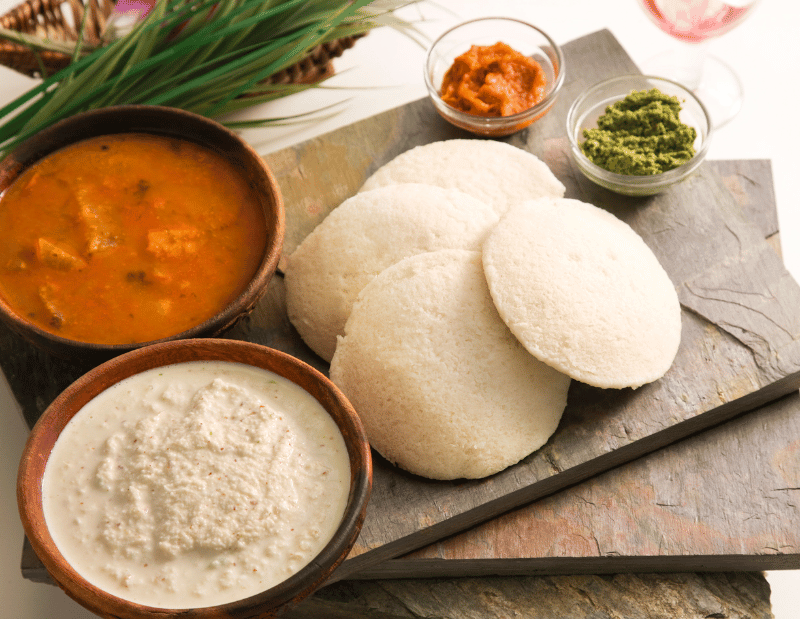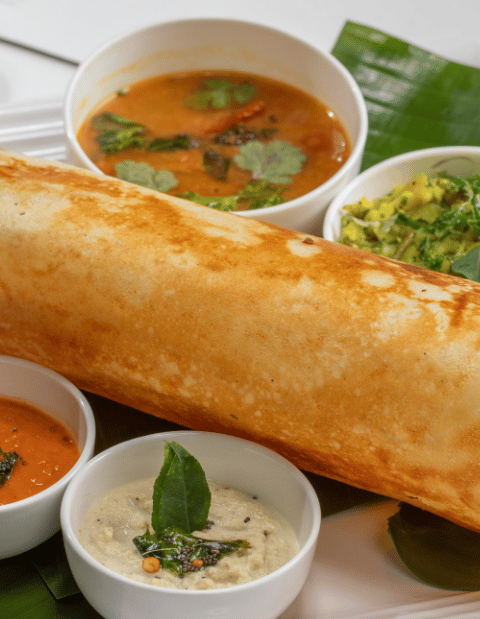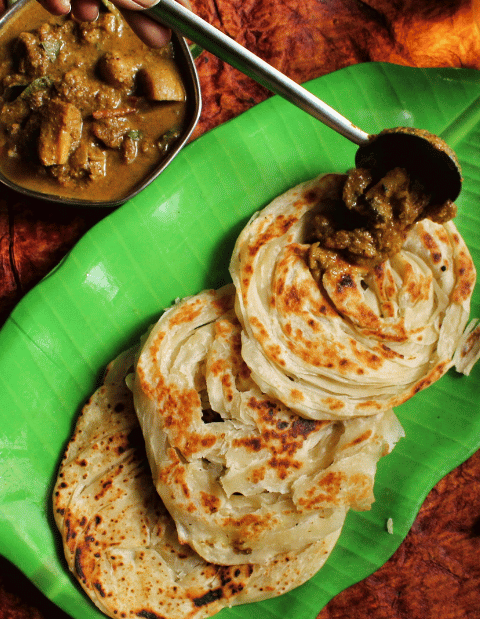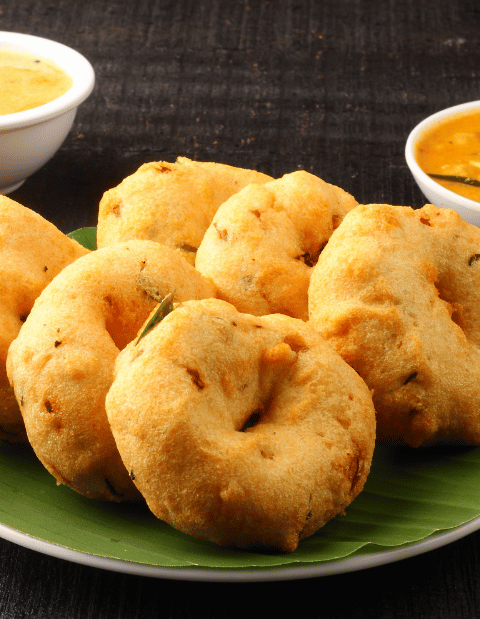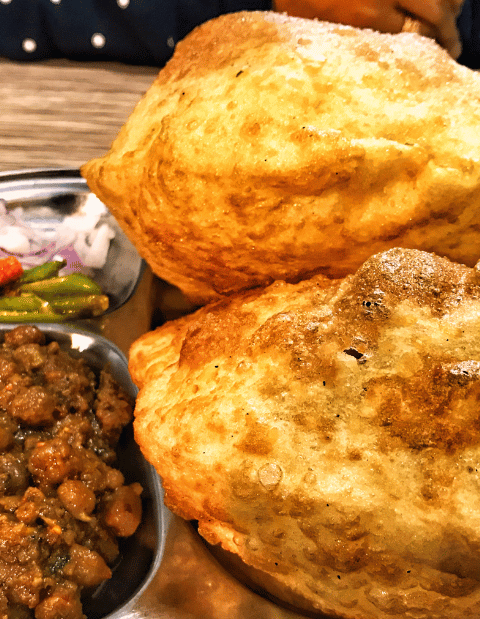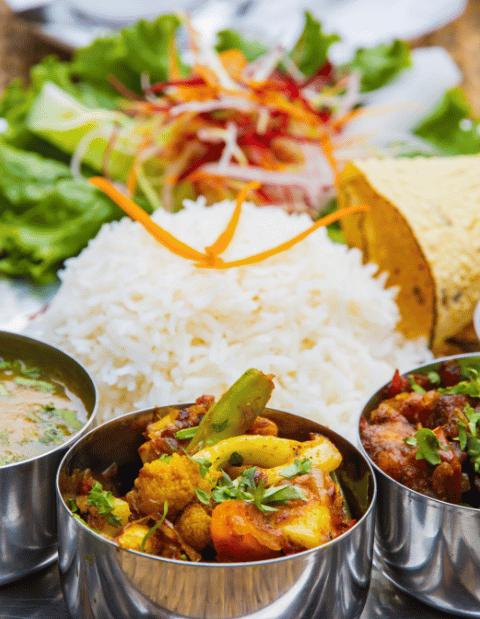Introduction to Idli: A Culinary Gem
Idli, a staple South Indian breakfast, is more than just a dish; it’s a culinary legacy. This delectable and nutritious meal, known for its soft, fluffy texture and subtle flavors, has transcended the boundaries of South India to become a beloved dish across India and beyond.
The Origins and Cultural Significance of Idli
Tracing its origins back to ancient India, idli has evolved over the centuries. This fermented rice cake has a unique place in South Indian culture, often served during festivities and as a staple in daily meals. Its simplicity and nutritional value have made it a go-to option for a wholesome breakfast.
Nutritional Profile of Idli
Idli is not just a treat for the taste buds but also a boon for health. Packed with protein, carbohydrates, and minimal fats, it’s a balanced meal. The fermentation process enhances its nutritional profile, making it rich in B-vitamins and probiotics.
Ingredients and Preparation: Crafting the Perfect Idli
The traditional idli recipe is an art in itself, involving a blend of urad dal (black lentils) and rice, soaked, ground, and then fermented. The batter is then steamed in idli molds, resulting in soft, pillowy cakes.
Soaking and Grinding
Soaking the rice and lentils overnight and grinding them to a fine batter is crucial for the perfect texture. The consistency of the batter plays a pivotal role in determining the softness of the idlis.
Fermentation: The Key to Fluffy Idlis
Fermentation is the heart of idli-making. It not only contributes to the idli’s texture but also enhances its flavors and nutritional value. The ideal fermentation time can vary based on climate and temperature.
Steaming: The Final Touch
Steaming the batter in idli molds is what transforms the fermented batter into the iconic idli. The steaming process is brief, typically lasting just 10-15 minutes.
Serving and Pairing: Enhancing the Idli Experience
Idli is traditionally served with a variety of accompaniments that elevate its taste. The most popular pairings include:
- Sambar: A flavorful lentil-based vegetable stew.
- Coconut Chutney: A creamy blend of coconut, chilies, and spices.
- Tomato Chutney: A tangy and spicy tomato-based sauce.
- Milagai Podi: A dry spicy powder mixed with oil or ghee.
These accompaniments not only add diverse flavors but also enrich the nutritional profile of the meal.
Regional Variations of Idli
While the basic idli is universally loved, several regional variations add their unique twist:
- Rava Idli: Made with semolina instead of rice.
- Kanchipuram Idli: Seasoned with spices and cashews.
- Podi Idli: Tossed in spicy milagai podi.
Each variation offers a different texture and flavor profile, showcasing the versatility of idli.
Idli in Contemporary Cuisine
Idli has adapted to contemporary tastes and dietary preferences. Innovations include:
- Oats Idli: Incorporating oats for added fiber.
- Vegetable Idli: Infused with finely chopped vegetables for a nutritious twist.
- Mini Idli: Bite-sized idlis perfect for snacks.
These modern interpretations cater to health-conscious individuals and those seeking variety in their breakfast options.
Making Idli at Home: Tips and Tricks
Preparing idli at home can be a rewarding experience. Here are some tips to ensure your idlis turn out perfect every time:
- Ensure the batter is of the right consistency.
- Allow the batter to ferment properly, especially in colder climates.
- Grease the idli molds for easy removal of idlis.
- Serve idli hot, right out of the steamer, for the best taste.
Conclusion: Celebrating the Timeless Charm of Idli
Idli is not just a breakfast item; it’s a symbol of South Indian culinary heritage. Its simplicity, nutritional value, and versatility make it a cherished dish for many. Whether you are a traditionalist or a modern culinary explorer, idli offers endless possibilities to delight your palate.

